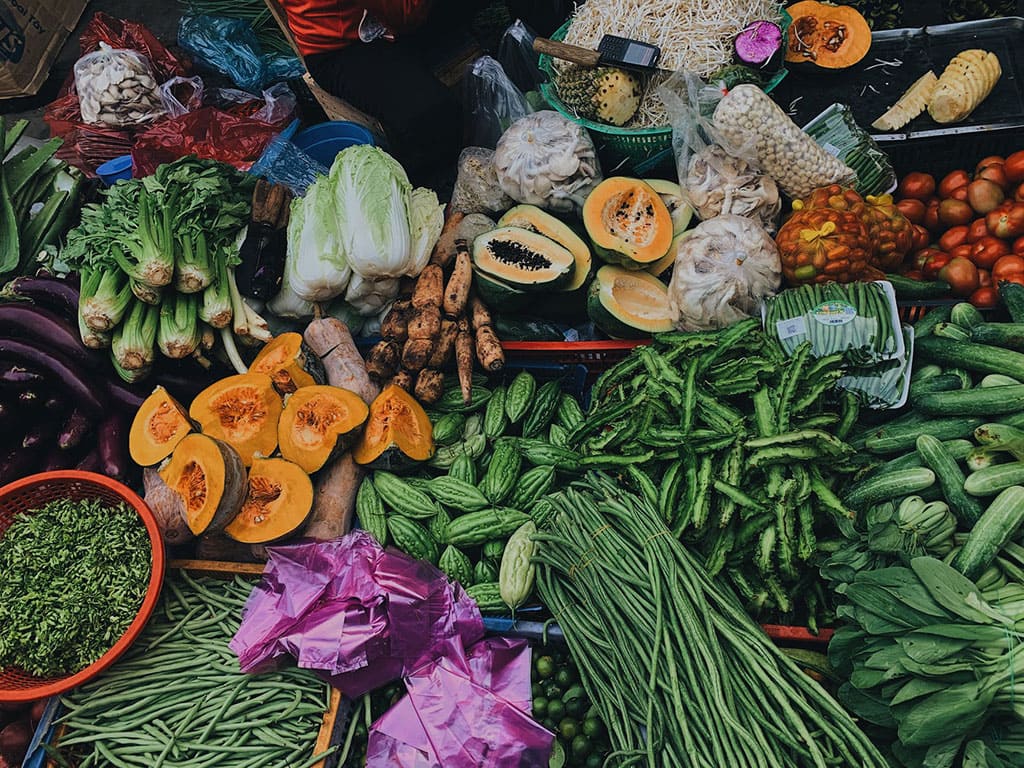As COVID-19 continues to impact most parts of Asia Pacific, digitising the food system has never been more important. Food safety, hygiene and storage management had already been fundamental to the success of food supply chain systems prior to the pandemic. Consumers have become even more concerned with the source, quality, and safety of their food, leading to an increased need for food safety and accountability.
Consumers across the region have been rethinking their eating habits after the pandemic and shifting away from an ‘on-the-go lifestyle’ to more of a ‘safe in-home consumption’ trend. As a result, food manufacturers are confronted with the issues of food supply chain transparency. At the same time, they need to meet food safety standards, avoid recalls, maintain compliance, and earn customer trust and loyalty.
Food supply chains will need to bear increased pressure to deliver quality and safe food from the farm, to the factory and finally to the consumer’s table. Due to continually increasing consumer demands, food safety will need to be taken more seriously, with increased collaboration between the food industry, regulators, and tech companies to create a safer, more traceable food system. Many of these changes will be led by technology-enabled solutions that can garner additional trust and ease business operations by tracing each food item throughout the supply chain.
Ultimately, this increased traceability will reduce recalls and food waste, protect consumers by preventing lapses in food safety, and speed up crackdowns on contaminated food.
Prioritising consumer care and trust
Tracking and traceability also protect brands from damage to their reputations following a food safety incident. Industry decision-makers can look to technology solutions to ease the strain of curb side and e-commerce deliveries, and at every touchpoint, by improving traceability, safeguarding food items, and mitigating food supply disruptions.
Enhancing traceability in the supply chain
Areas that could benefit from devices and technologies include: compliance with food safety and quality guidelines; ensuring proper food handling, transportation and storage; tracking product perishability; intake of raw materials and ingredients; and faster and more efficient lot recall. Technologies such as RFID tags, rugged handheld mobile computers with scanners, and thermal printers, can track items quickly throughout the supply chain and help increase food product traceability.
The implementation of these solutions is projected to rise and it is apparent that companies are recognising the benefits of including these technologies in their operations. Also, Predictive analytics powered by the visibility provided by these technologies will allow decision-makers to improve their strategies, optimise transportation efficiency, and tighten loopholes in tracking and traceability.
Future-proof the supply chain with robust digital solutions
Improving food safety is now more challenging more than ever due to the increasing demand and rise of consumers’ expectations. Globalisation also brings new challenges to food supply chain optimisation
As international trade grows, particularly in a post-pandemic world, so does the necessity for consistent data, reporting and transparency throughout the supply chain. With traceability and transparency, the future of food safety and food supply seems bright.
Companies in Southeast Asia that can demonstrate robust and effective traceability and transparency capabilities will increase business efficiency, protect their consumers and businesses, and ultimately improve customer confidence and loyalty, giving them an edge over their competitors in this rapidly evolving market.
Source: e27
Read the full article here
July 15, 2021













